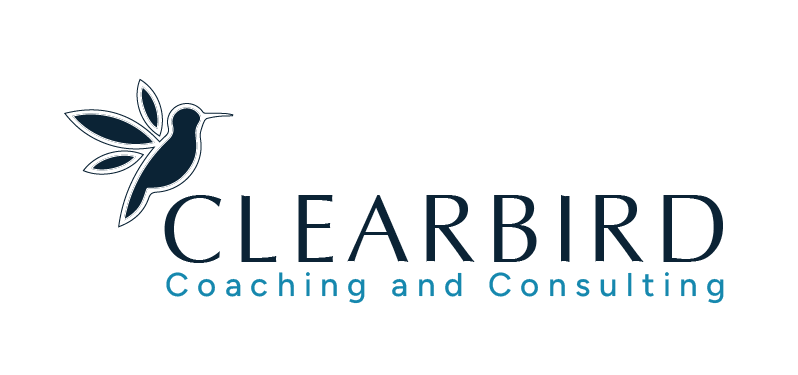There is something about ease…
Cultivating Flow, Impact, and Resilience
I've been noticing that ease is a recurring and central theme in my coaching practice over the last 12 months. It is something that emerges as a crucial outcome when dealing with the many different challenges.
If we think about ease not as passivity but as a state of flow, clarity and grounded confidence, it becomes a foundation for sustainable growth and impact. And an antidote to burnout.
Ease. It's not a word often associated with leadership. In a world that values hustle, high performance, and pushing through challenges, ease can be mistaken for complacency. But in reality, ease is a leadership superpower. And one to be cultivated.
True ease is about leading from a place of clarity, confidence, and resilience - so you can make a greater impact without constant struggle.
The Impact of Bringing Ease:
Strengthens Presence & Influence:
A calm, centered presence naturally holds more authority and impact.
Reduces Stress:
Helps regulate the nervous system, preventing overwhelm.
Brings Us Back to Center:
Creates a space to realign with our values and intentions.
Enhances Resilience:
When we move with ease, we recover faster from setbacks.
Reduces Self-Doubt:
A state of ease allows us to trust ourselves more deeply.
Increases Compassion:
With ease, we have the capacity to be kinder to ourselves and others.
Sustains Energy & Consistency: When we operate from ease, we can keep showing up without burning out.
Leaders who embrace ease, make better decisions with less stress. They show up consistently and sustainably, navigate uncertainty with confidence, Inspire their teams by leading with presence and composure.
The Sabotage of Ease
Interestingly, we often sabotage our own sense of ease. These are the most common factors that I see
Overcomplicating things Thinking that effort and struggle are required to achieve results.
Lack of Boundaries Saying yes too often, leading to overwhelm.
Internal Pressure Holding rigid expectations instead of trusting the process.
Judgment & Comparison Measuring ourselves against unrealistic standards.
Pushing Instead of Flowing Forcing solutions rather than allowing creativity and intuition to guide us.
So, how to Lead with Ease
1. Simplify: Focus on What Truly Matters
Complexity drains energy. The best leaders cut through noise and focus on what's essential. Ask yourself: What's the highest-impact action I can take? By eliminating unnecessary complexity, you create space for clarity and momentum.
2. Trust Yourself and Your Team
Leaders who micro-manage or over-analyse create friction for themselves and others. Ease comes from trust -both in your own decision-making and in your team's ability to execute. Let go of the need to control every detail and focus on guiding the bigger picture.
3. Breathe, Pause, and Slow Down
Fast-paced environments can create a reactive leadership style. But great leaders know that pausing before responding, before making decisions, creates room for better thinking. A simple breath before a tough conversation or a moment of stillness before a big decision can shift everything.
4. Lead with Presence and Emotional Intelligence
Ease isn't just about how you feel. It's about how you show up for others. When leaders are calm, present, and grounded, they create a ripple effect. Teams feel safer, communication improves, and trust deepens. Presence is one of the most powerful leadership tools.
5. Set Boundaries That Support Sustainable Leadership
A leader who is constantly overwhelmed cannot lead effectively. Protecting your time, energy, and focus isn't selfish, it's necessary. Whether it's delegating, prioritising, or setting realistic expectations, boundaries create the conditions for ease to exist.
6. Reframe Effort: Lead Smarter, Not Harder
Leadership requires effort - but not all effort is productive. Avoid equating hard work with struggle. Instead, ask: Is there a more strategic, aligned way to do this? Inspiring leaders maximise impact without burning themselves (or their teams) out.
7. Release Perfectionism and Overcommitment
Many leaders fall into the trap of doing too much or striving for perfection. But perfectionism creates stress and delays action. Instead, aim for progress over perfection. Know when good enough is truly good enough.
8. Move With, Not Against Challenges
Resistance creates unnecessary struggle. When faced with obstacles, instead of forcing solutions, ask: How can I work with this? Adaptability and acceptance allow leaders to move through challenges with more ease and effectiveness.
The Ripple Effect of Leading with Ease
When leaders cultivate ease, they don't just benefit themselves, they elevate everyone around them. A leader who operates from a place of ease:
Makes clear, strategic decisions.
Handles challenges with composure and confidence.
Sets the tone for a resilient, engaged team.
Leads with long-term sustainability, not short-term burnout.
So the question isn't "How can I push harder?" but rather:
How can I allow more ease in my leadership?
Because when leaders embrace ease, their teams, organizations, and impact grow stronger.
As I see it, people are longing for a way to approach life and leadership with less friction and more flow. What have you noticed about when you consciously bring more ease to your leadership style?
If you want to bring more ease, to your way of being as a leader or to your leadership team, get in touch.




